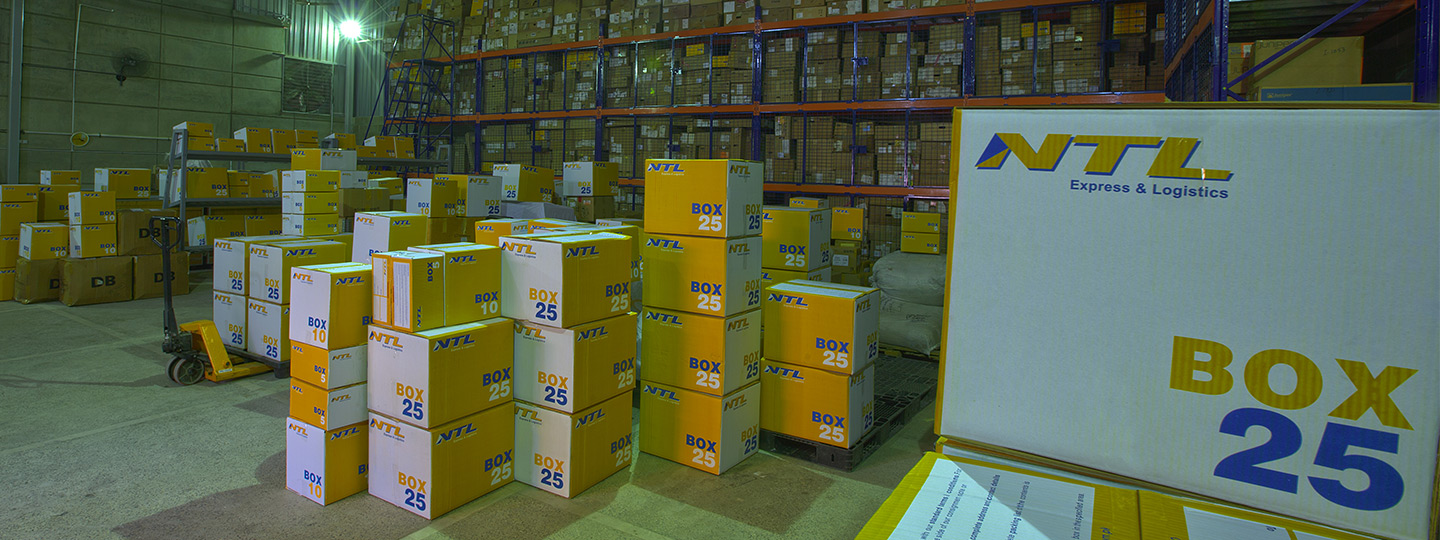Use (new) boxes that are rigid, in a good condition (not damaged or wet) and do not tear easily. Used and damaged boxes lose their strength, which can damage your shipment.
- Ensure the box is large enough for the content. Items sticking out can get damaged. Sharp objects should be packed with extra care to avoid injure or damage.
- Protect (delicate) items with additional protection.
- Ship fragile products individually, wrapping them in a minimum 8-cm (3″) thickness of air-cellular cushioning material such as Bubble Wrap.
- Use cushioning material to cover the items as much as possible. This avoids the content is touching the box.
Heavy items should even have more protection and support.
- Use high-quality adhesive parcel tape or shrink wrap to seal your parcel across all openings and strap tightly.
- Ensure the box can hold the weight of the content.
- If you are shipping heavy boxes above 25kgs, put a ‘Heavy’ mark on the box.
- Place shipping labels on the top surface of the box. Do not cover them with tape or shrink wrap.
- The NTL barcodes have to be placed flat on the surface (not around the corner or partially covered).
- Remove old shipping labels or barcodes that were used for previous shipments.
- Include duplicate labels/consignment notes inside the box, in the event that address information on the box is missing.
Items weighing 70kgs or above, should be put on a pallet for safety, ease of handling and protection
- Use pallets that can be lifted by common forklifts.
- Be aware of the conditions of the pallets you use.
- Corrugated pallets are popular, but have to be water repellent in order to keep its strengths when getting wet.
- Ensure the pallet is not damaged or can cause injuries (no broken blocks or pins sticking out).
- Ensure the boxes fit properly on the pallet and do not go beyond the dimensions of the pallet. Build a pallet that will ensure stability and strength.
- NTL will stack pallets. Build the pallets in order to be stackable (flat surface on the top).
- Avoid building ‘pyramids’. This reduces the stability and strength.
- Secure the boxes and items using straps, shrink wrap or crate constructions (Especially when shipping ‘oddly’ shaped items). Again, ensure stability of moving objects and be aware of safety for others!
- Indicate whether the pallet is stackable. Stacked pallets can bear up to five times their weight.
- Shipping labels of the pallet or boxes should be clearly visible (see boxes for more info)
HOW BIG IS TOO BIG?
Here’s all you need to know about the size and weight of your shipments.
CALCULATING VOLUMETRIC WEIGHT
Large, lightweight packages are charged at their volumetric weight for the space they occupy, rather than their actual physical weight. To determine volumetric weight, first calculate the volume of your package and then multiply this figure by the relevant conversion factor.
EXAMPLE:
Shipment Length in centimeters multiply by Width in centimeters multiply by Height in centimeters, divide by a factor of 5000.

CONSIGNMENT NOTES / AIR WAYBILL
Every shipment needs a consignment note also known as air waybill with a unique NTL consignment / air waybill number. It contains all the necessary details and accompanies your package through its journey.

The easiest way to prepare a consignment note /air waybill is using one of our online shipping tools such as my NTL. When you have entered all the details, a consignment note / air waybill will automatically be generated for printing on plain paper.
If you prefer not to use a shipping tool, you can contact us to request consignment /air waybill forms and complete them manually.
The consignment / air waybill number is your permanent reference number for your shipment. It can be used to track your shipment at any time.
A commercial invoice is a shipping document that is required for samples exported overseas. The invoice accompanies shipments, along with an Air Way Bill, to assist in overseas customs clearance.
It is recommended that all invoices are typed to satisfy customs requirements at destination. Please supply one original and three copies of the invoice, each with an original signature.
The following information must be included when completing a commercial Invoice:
- The full name and address of the Company you are sending to
- The contact name and telephone/fax number
- The NTL Airway Bill number, number of pieces and the shipment date
- The number of each item that you are sending
- A clear and accurate description of the goods
- The unit value and total value of the goods
- The total invoice value, shown for customs purposes
- Your NTN number, if registered/ CNIC Number / National Identity Number
- Your reason for export e.g. samples for review, returned goods, etc.
- The country of origin of your shipment
- Your name and signature with the date and your position in the company
- Must be put on to your company headed paper



